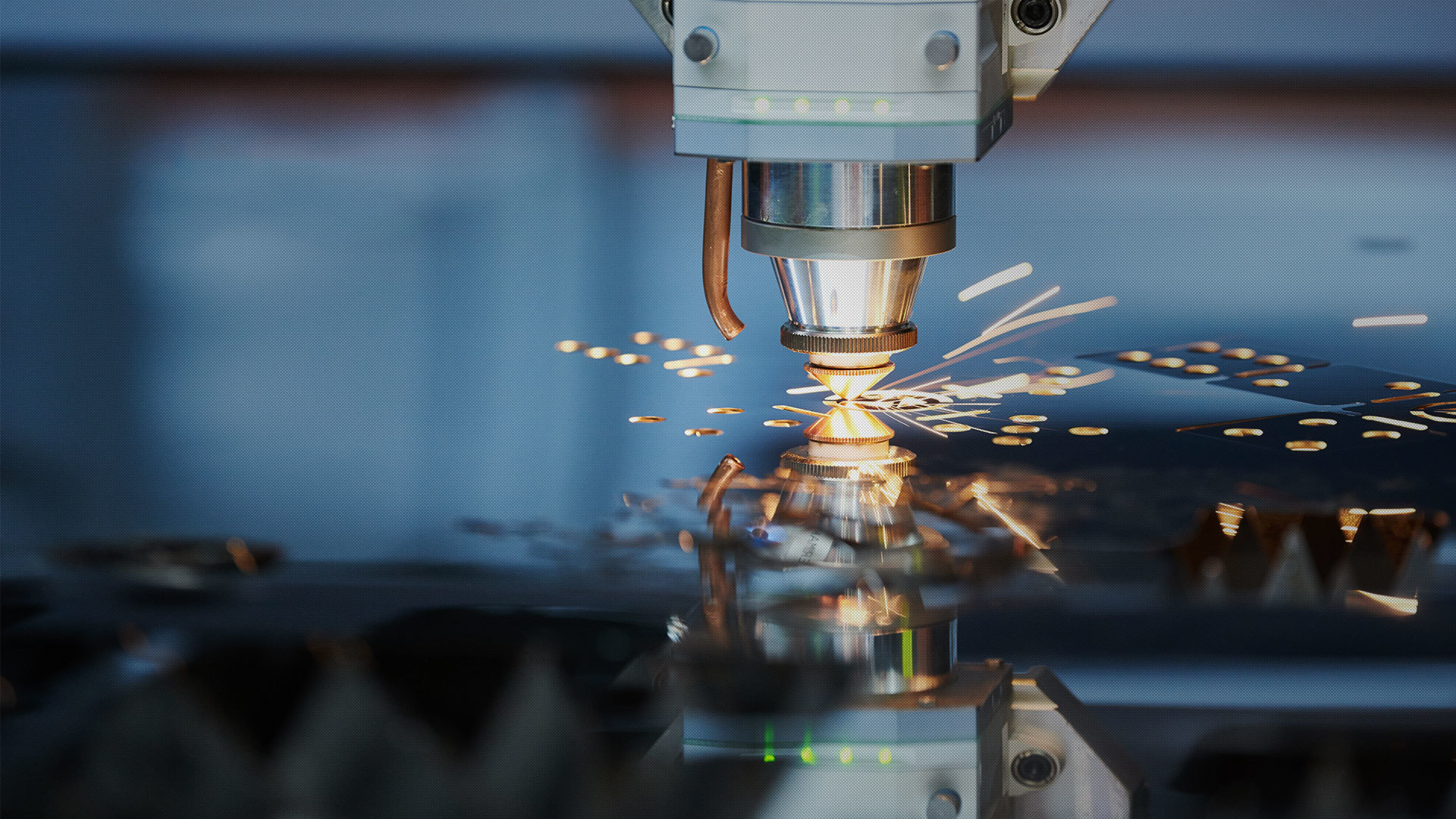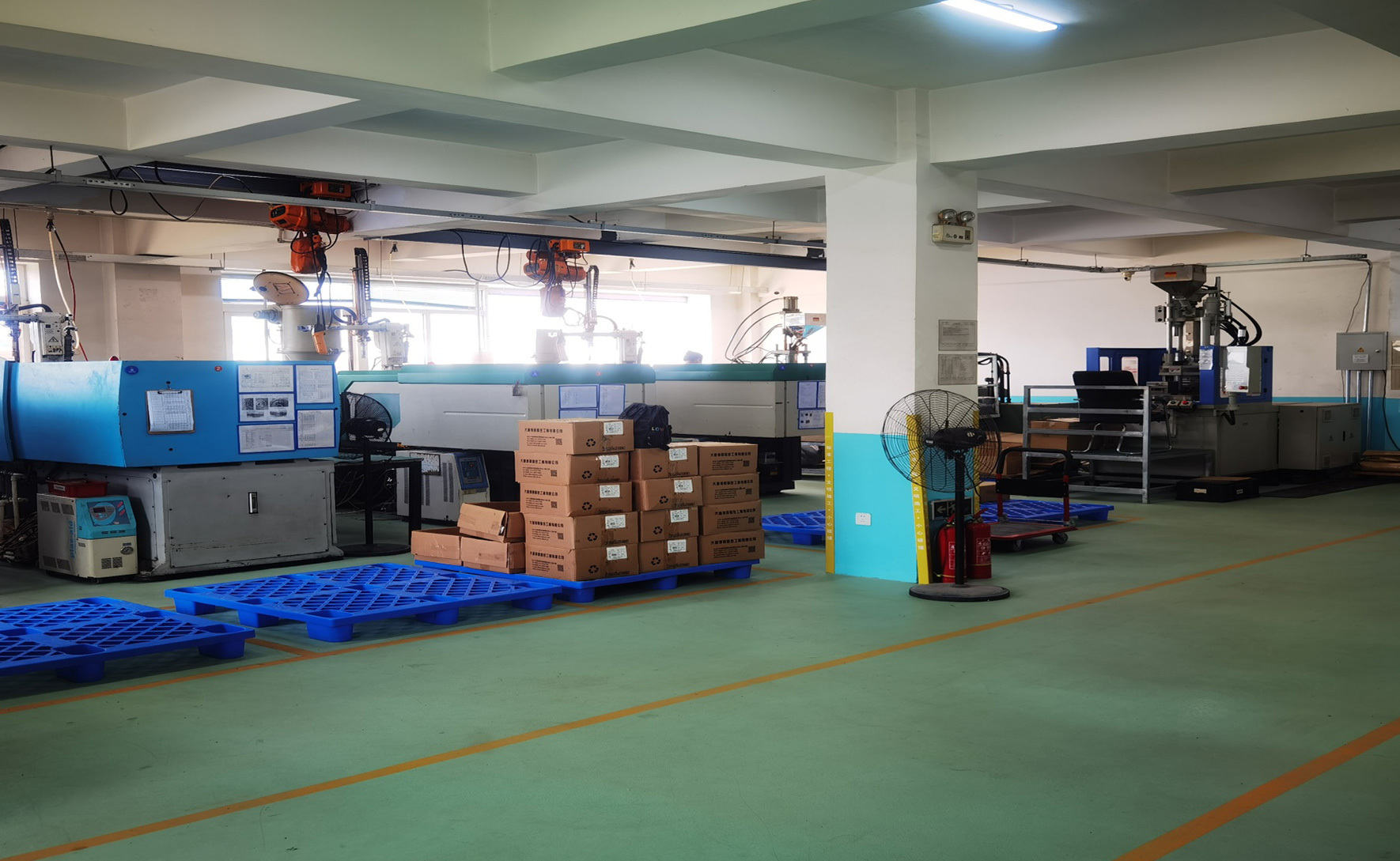Mold injection molding why often gas discharge, what is the impact?
Category: Industry Information
Sep 22,2023
First of all, we need to understand where the generated steam sinks are mainly distributed. The vapor bubbles generated by the accumulation of air in the mold cavity are often distributed on the opposite part of the gate. The bubbles generated by the decomposition or chemical reaction in the plastic raw material are distributed along the thickness of the plastic part. The bubbles generated by the gasification of residual water in the plastic raw materials are irregularly distributed throughout the plastic parts. Gas is often produced in injection molds, which may be related to the following points:
1. The air in the gating system and the mold cavity.
Some raw materials contain moisture that has not been dried out, and they will vaporize into water vapor at high temperatures.
Because the temperature is too high during injection molding, some unstable plastics will decompose and produce gas.
Some additives in plastic raw materials are volatilized or chemically reacted with each other.
At the same time, the reason for poor exhaust also needs to be found out as soon as possible. The poor exhaust of the injection mold also brings trouble to the plastic parts. The main performance is as follows:
In the injection molding process, the melt will replace the gas in the cavity. If the gas is not discharged in time, it will cause difficulty in filling the melt, resulting in insufficient injection volume and unable to fill the cavity. The poor gas will form a high pressure in the cavity and penetrate into the plastic under a certain degree of compression, resulting in quality defects such as voids, pores, sparse tissue and silver lines.
Because the gas is highly compressed, the temperature in the cavity rises sharply, which leads to the decomposition and burning of the surrounding melt, and the local carbonization and burning of the plastic parts. It mainly occurs at the confluences of the two melts and at the gate flange. The removal of gas is not smooth, so that the melt into each cavity velocity is different, so it is easy to form flow marks and fusion marks, and the mechanical properties of plastic parts are reduced.
Next: 没有了!


Plastic mold production process, from material selection to the whole process of mold production
Plastic mold manufacturing material selection is very important, in general, the mold material can be divided into three categories, namely metal materials, wood and plastic. According to the requirements of the mold, choose the most suitable material to ensure the quality and performance of the mold.













 中文版
中文版 English
English 日本語
日本語